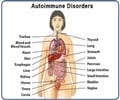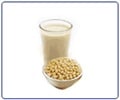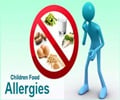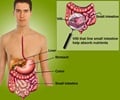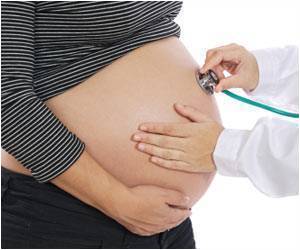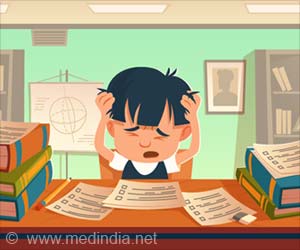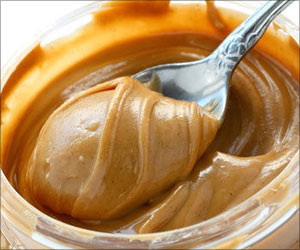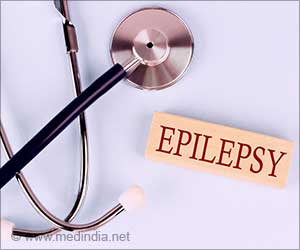Children affected with both celiac disease and an associated allergic inflammatory disorder need not permanently remove soy from their diets to reduce scarring in the esophagus.

‘Soy was well tolerated and may not be avoided. Overall, most patients definitely improved symptomatically and had less inflammation on the elimination diet.’
Read More..




The research was led by Tiffany Patton, MD, a pediatric gastroenterologist at UChicago Medicine Comer Children’s Hospital.Read More..
Celiac disease is an immune reaction to eating gluten, a protein found in wheat, barley, and rye. About 1 in every 100 children is diagnosed with the condition, and as a result of the intolerance, will experience stomach pains, diarrhea, moodiness, and even growth problems. There is no known cure, and the only treatment is a gluten-free diet.
Eosinophilic esophagitis is an allergic inflammatory disorder that occurs when the white blood cells that are released during an allergic reaction cause inflammation and scarring along the esophagus. Still, a rare disorder, only about 1 in 1,500 children suffer from EoE. Patients with EoE may have trouble swallowing, feel nauseous, have acid reflux, stomach pains, or growth problems. Treatments include medication and/or dietary restrictions from dairy or wheat.
“Based on our research, we have found that the 1 in every 16 celiac patients also has eosinophilic esophagitis,” said Patton.
Researchers reviewed 350 patient records — the largest known pediatric study to assess the microscopic outcomes on celiac disease and eosinophilic esophagitis — from a database maintained by UChicago Medicine’s Celiac Disease Center.
Advertisement
“Unexpectedly, we found increasing numbers of celiac disease patients being diagnosed with eosinophilic esophagitis at the same time, despite not having the typical symptoms of acid reflux, nausea, vomiting, or difficulty swallowing,” said Patton. “We questioned whether this type of inflammation within the esophagus was actually EoE or a completely different process related to celiac disease. And while treating them, we noticed they responded to dietary eliminations just the same as other EoE patients.”
Advertisement
When single-foods were reintroduced to the diet, 100% found success with soy, 60% were successful with reintroducing eggs, and 50% with fish.
“We were surprised to see nearly 25% of patients responding to a gluten-free diet alone, which was higher than expected,” said Patton. “Additionally, soy was well tolerated and may not need to be avoided. Overall, most patients definitely improved symptomatically and had less inflammation on the elimination diet.
This study reiterates that a gluten-free diet alone will not consistently affect patients with celiac disease and eosinophilic esophagitis on a microscopic level. Furthermore, the researchers suggest that a dietary intervention that allows soy can be a strategic therapeutic approach; however, further research is necessary.
Source-Newswise


